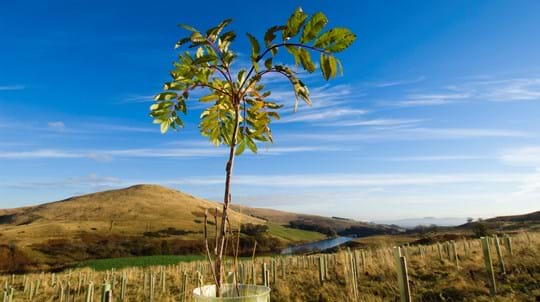
Shop
Buy trees from our shop
We have single trees and tree packs to meet your needs, from wildlife to woodfuel. Delivery is free.
External link

Content manager
Winter feels like a quieter time in nature. Lower temperatures and less daylight make a lot of wildlife less active, but many species are still easy to spot and will appreciate a helping hand in chilly conditions. From practical activities in your garden or community to the comfort of your armchair, check out our 10 top tips to make a difference this season.
Winter is tree planting season and if you have the space, creating a mixed hedge or shrubby border of native species can make an enormous difference for wildlife. Plants will offer vital shelter from the elements, dense, spiny branches are great nesting spots and abundant flowers and berries will feed all manner of bees, butterflies, birds and more.
Supply a smorgasbord for most of the year by selecting species carefully. Blackthorn and hawthorn are great choices for early spring blossom. Good options to provide pollen, nectar and fruits for late spring through to autumn include dog rose, field maple, guelder rose, dogwood, bramble, wild honeysuckle and common ivy. Many of the berries, including those of blackthorn and hawthorn, will last well into winter.

Shop
We have single trees and tree packs to meet your needs, from wildlife to woodfuel. Delivery is free.
External link

Plant trees
The small but mighty hedge shelters wildlife, cleans our air, captures carbon and much more. Explore how and when to plant and prune your hedge for the best results.
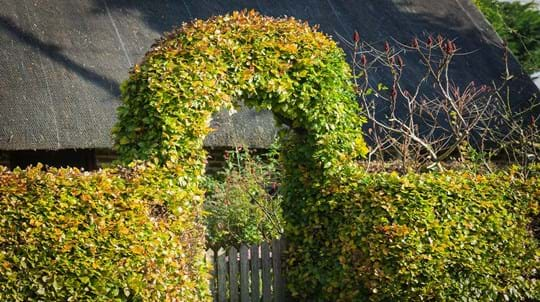
Blog
Helen Keating • 23 May 2023
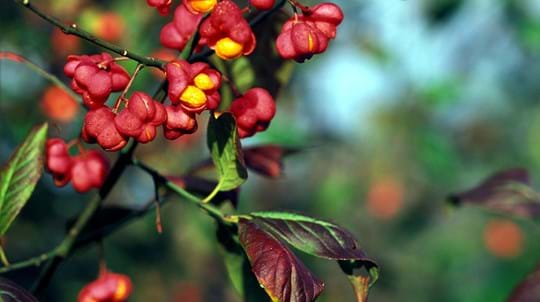
Blog
Charlie Mellor • 29 Nov 2018
The spring breeding season is just around the corner and as soon as the new year dawns, birds will be scouting for homes to raise their chicks. Winter is a good time to give existing nest boxes a good clean in preparation, or to put up new ones.
As plants die back, delay the traditional garden tidy up and choose to leave some of the seedheads standing. The seeds will provide food for birds and small mammals, and hollow stems and intricate seedheads are valuable shelter for overwintering insects like ladybirds. They’ll add structure and interest to your outdoor space for winter too, with common plants like angelica and sea holly looking as stunning dusted with frost as they do in flower. Alternatively, cut stems back and leave small piles in quieter areas.
Turning your compost won’t hurt wildlife, but it will disturb any hibernating slow worms, frogs or hedgehogs from their winter slumber. Moving compost around in cold conditions will lose some of that all-important heat needed for decomposition too, so it’s best for everyone to wait until spring when the weather warms up and any residents have moved on.
Hedgehogs can hibernate from around October to April, but may still be out and about in early winter if conditions are mild. They may also wake up for brief periods to search for food as fat reserves deplete, especially if they were born later in the year, so it’s worth leaving some food undercover at all times. A bowl of cat biscuits will stay dry and edible for at least a week.
Help wildlife from the comfort of your armchair by shopping for Christmas, birthdays or other special occasions with organisations that use the proceeds for good causes. From dedications and virtual gifts to wildlife habitats and nature-themed kitchenware, every purchase from our shop funds our vital work to plant and protect trees for wildlife and people.
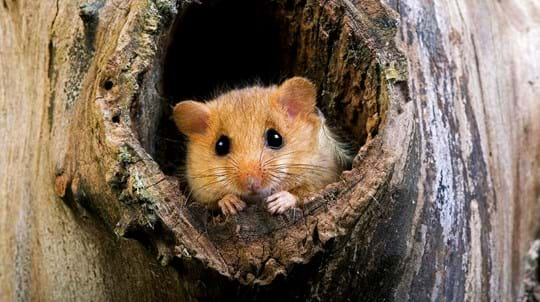
Blog
Charlie Mellor • 13 Dec 2024
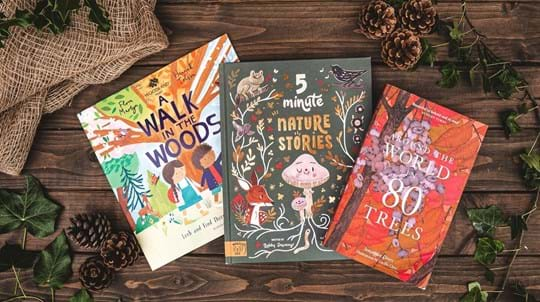
Blog
Charlie Mellor • 02 Dec 2024
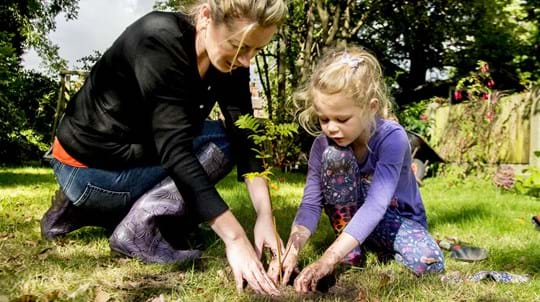
Blog
Charlie Mellor • 11 Oct 2024

Blog
Charlie Mellor • 23 Oct 2024
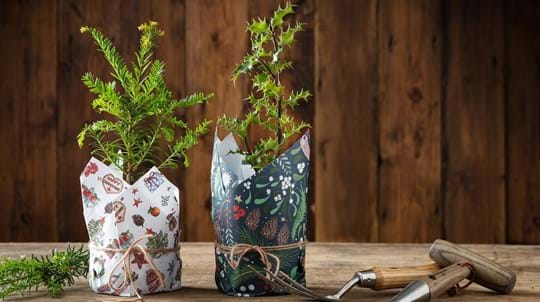
Christmas
Our activities, top tips and gifts have got you covered this Christmas, from eco-friendly present ideas and our favourite winter walks to last minute virtual gifts and recycling after the big day.
When temperatures drop, remedy frozen bird baths whenever possible so wildlife can access drinking and bathing water. When surfaces freeze, defrost them by carefully pouring warm water over them – but not boiling water as containers could crack. For ponds, try floating a ball in the water to maintain an airhole for frogs and newts that may be hibernating in the depths.
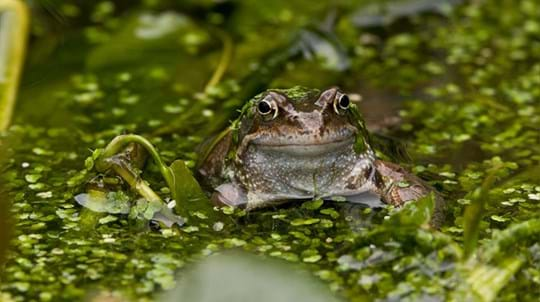
Blog
Karen Hornigold • 18 Apr 2019
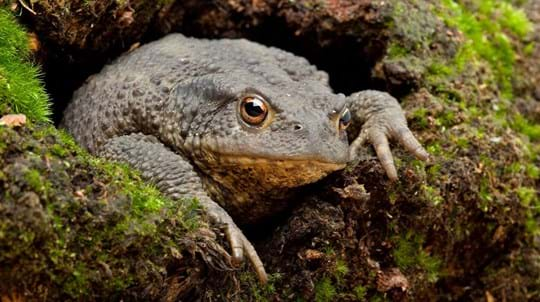
Blog
Charlotte Varela • 23 Feb 2024
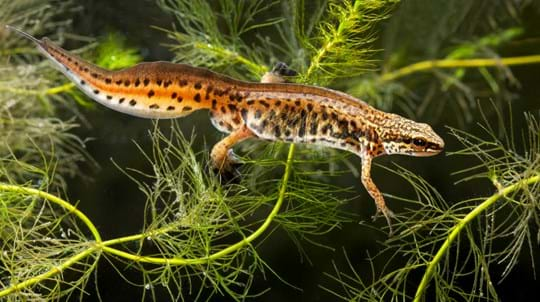
Blog
Amy Lewis • 19 Feb 2020
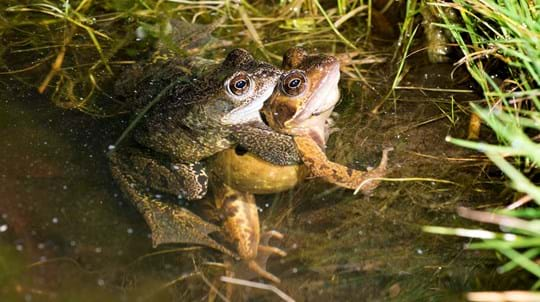
Blog
Rachel Hoskins • 09 Apr 2019
Toads live away from water for most of the year, in gardens, grassland, hedgerows and woodland, so you don’t need a pond to have a toad abode.
Toads don’t hibernate in winter but spend most of their time burrowed into mud or compost to conserve energy, emerging to forage during milder spells. Give them a ready-made shelter with a large, upturned plant pot in a shady spot. Place it upside down over soft soil with one edge propped up for toads to crawl under and burrow, or lay the pot on its side and half fill it with soil, moss or leaves.
As temperatures plummet and food becomes difficult to find, a helping hand can make all the difference for birds. Keep tables and hanging feeders topped up with calorie-rich supplies like fat balls, peanuts and sunflower hearts to help them replenish the extra energy they use to keep warm.
Plan ahead for future winters by planting a tree and letting nature provide. It’s the perfect time to plant and one of the most satisfying and hassle-free ways to offer valuable food and shelter for a whole host of wildlife.
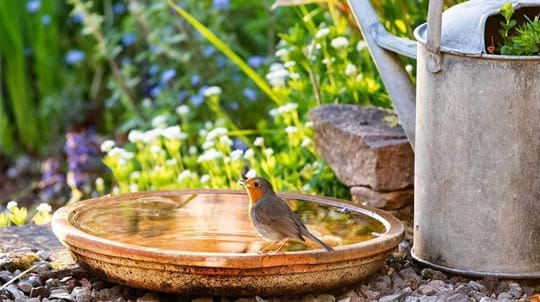
Shop
Lend nature a hand with extra food and water for our feathered friends. Discover our range.
External link
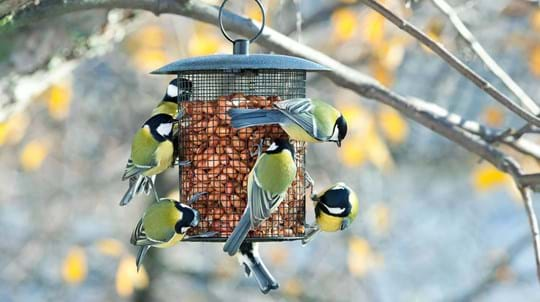
Blog
Kayleigh Jacobs-Rutter • 29 Apr 2025
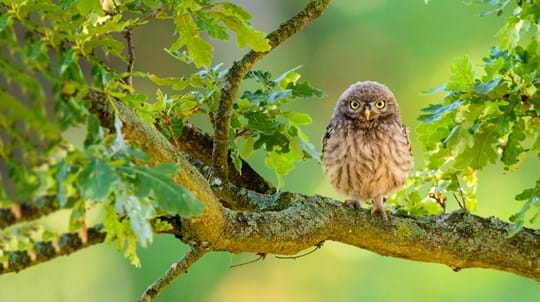
Blog
Charlie Mellor • 02 May 2023
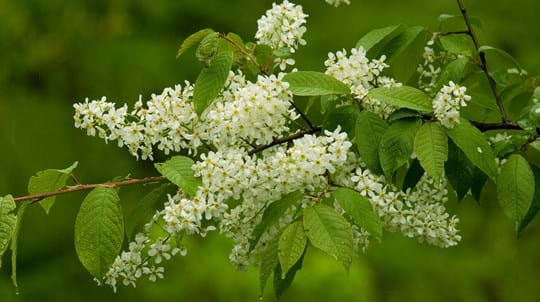
BLOG
Our top UK native trees to bring colour, interest and wildlife to your garden, including size and preferred conditions.
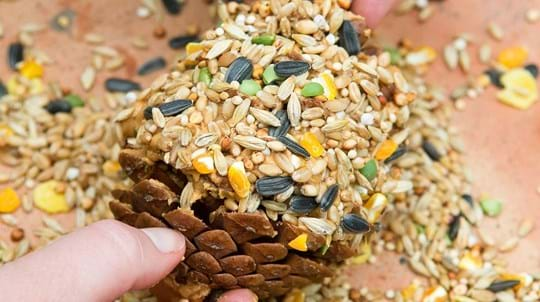
Blog
Amy Lewis • 15 Jan 2019
Help us create healthy habitats for wildlife all year round by becoming a member from just £4 a month. There’s no better way to support our work and you’ll be joining a movement of more than 300,000 like-minded people.

Support the wildlife you love by becoming a member. Together we can keep woods safe, plant the trees we all need, and keep woods open for everyone to enjoy.
Join us today